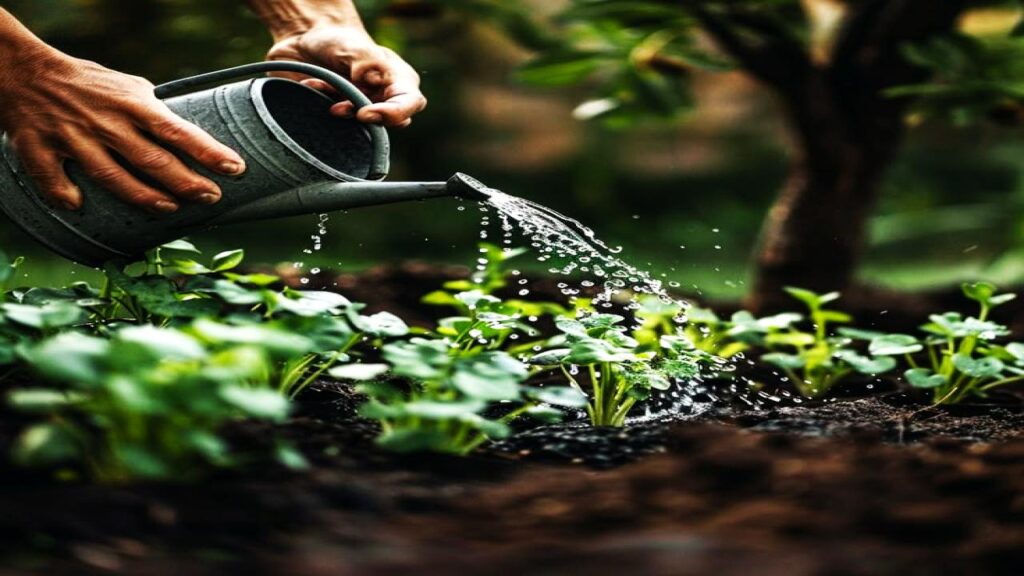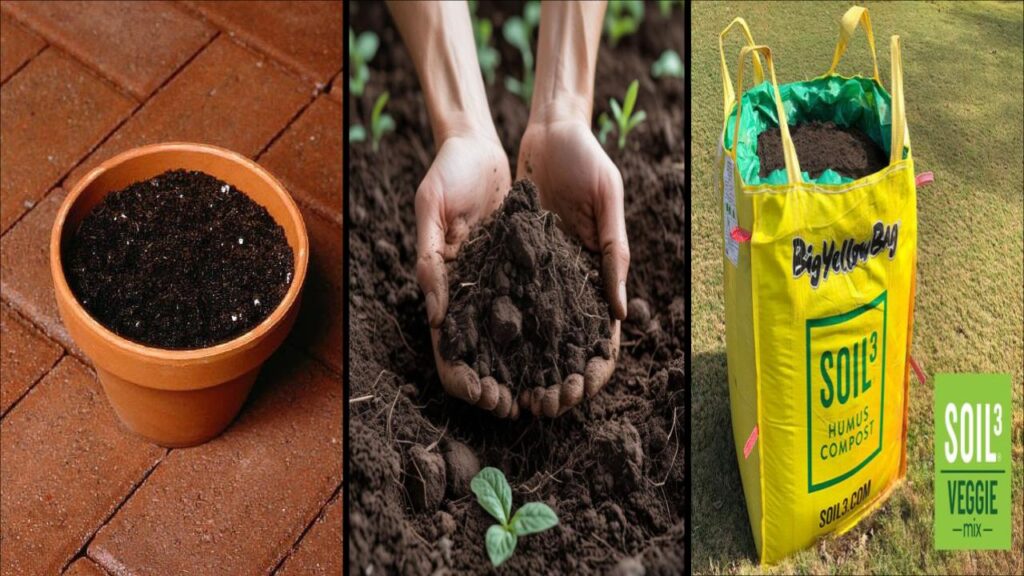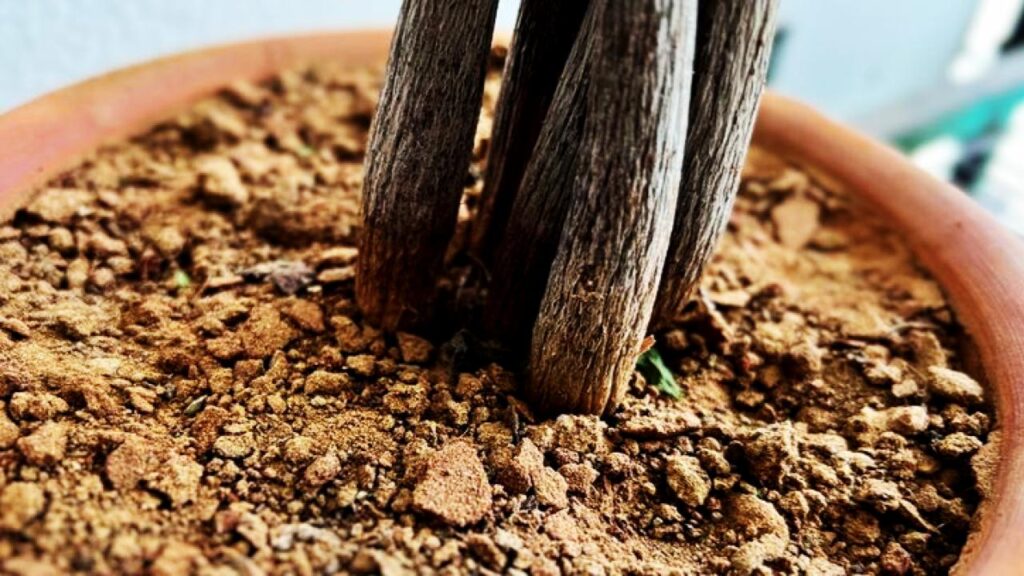If you’re caring for a money tree plant (Pachira aquatica) and wondering why its leaves are turning yellow or its trunk feels mushy, chances are you’re watering it wrong. This popular indoor plant is supposed to bring you luck and wealth—not stress and leaf drop. Yet, most folks are unknowingly killing their green buddy with love (aka too much water).

Let’s break down the do’s, don’ts, and game-changing expert tips that’ll save your money tree and keep it looking lush for years.
Why Most People Water Their Money Tree the Wrong Way
The money tree isn’t just a decorative houseplant—it’s also steeped in symbolism, especially in East Asian cultures where it’s believed to bring financial success. But ironically, one of the fastest ways to kill this good luck charm is by overwatering.
Most plant parents treat the money tree like a regular houseplant, but here’s the catch: its roots are super sensitive to waterlogging. The plant needs moist but not soggy soil, and without the right balance, things go downhill fast.
What most people get wrong:
- Relying on a fixed watering schedule
- Forgetting to check the actual soil moisture
- Using non-draining pots
- Ignoring seasonal changes in water needs
How to Water Your Money Tree the Right Way
Check Before You Water
The golden rule is: check the soil first.
- Stick your finger into the soil about 1 to 2 inches deep.
- If it feels bone dry, it’s time to water.
- If it’s still a little damp, hold off for a few more days.
Moisture meters are also a great investment—especially if you’ve got more than a few plants at home.
Use the Deep Soak Method
When watering, think “rainstorm,” not “spritz.”
- Use room-temperature water.
- Water the soil until excess drips out of the pot’s drainage holes.
- Let the plant fully drain—then empty the saucer underneath.
Do not let your money tree sit in standing water, or you’ll invite root rot.
Seasonal Watering Adjustments

- Spring/Summer (growing season): Water every 7–10 days, depending on indoor conditions.
- Fall/Winter (dormant period): Cut back to every 2–3 weeks.
Heating systems and dry air mean the soil might dry out quicker—so always adjust based on your home’s environment.
Watch for These Signs
Overwatering Symptoms:
- Yellowing leaves
- Drooping despite moist soil
- Foul-smelling soil
- Black or mushy stems
Underwatering Symptoms:
- Crisp brown tips
- Droopy, dry leaves
- Soil pulling away from the pot’s edge
Humidity & Temperature Hacks for Healthy Growth
Money trees are native to swampy areas, so they love humidity. Here’s how to help them thrive indoors:
- Place a humidity tray beneath the pot (fill it with pebbles and water).
- Use a room humidifier—especially during winter.
- Keep them in 60–75°F temperature zones.
- Avoid placing them next to air vents or cold drafts.
Best Soil, Pots, and Placement Tips

- Soil: Use well-draining potting mix with perlite or sand. Avoid moisture-retaining soil like cactus or orchid blends.
- Pot: Must have at least one drainage hole. No exceptions.
- Light: Bright, indirect sunlight is best. Avoid harsh direct rays which scorch the leaves.
Pests, Diseases, and How Watering Affects Them
Overwatering doesn’t just cause rot—it can lead to bug infestations.
- Fungus gnats love moist soil.
- Mealybugs and scale insects thrive on weakened plants.
- Treat infestations with neem oil or insecticidal soap.
- Consider repotting with fresh soil if bugs persist after 2–3 treatments.
Common Money Tree Myths—Busted
- “You must water once a week.” Nope. Always go by soil moisture.
- “Misting replaces watering.” Not even close. Misting is for humidity, not hydration.
- “Yellow leaves mean it needs water.” Usually, yellow leaves mean it’s drowning.
Can You Propagate a Money Tree?
Money trees can be propagated via stem cuttings.
- Cut a healthy stem below a node.
- Place it in water or moist soil.
- In 2–4 weeks, you’ll see roots forming.
- Transfer to a pot once roots are 2 inches long.
Do this during spring or early summer for best results.
Cultural Roots: Why It’s Called a “Money Tree”
Originating from Central and South America, the money tree became popular in Asia as a Feng Shui symbol of wealth and good fortune. The five leaves on each stem represent the five elements—wood, water, earth, fire, and metal—which, when in balance, are said to bring prosperity.
It’s often gifted at business openings, weddings, or housewarming parties as a sign of abundance.
Emergency Fix: Revive a Dying Money Tree

If you’ve overdone the watering:
- Remove the plant from its pot.
- Cut away mushy, black roots.
- Let the plant air dry for a few hours.
- Repot with dry, fresh soil.
- Water lightly, and let it adjust.
This gives it the best chance to bounce back.
